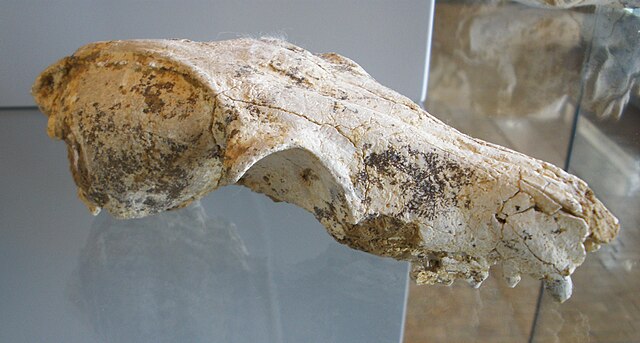The Japanese raccoon dog, also known by its Japanese name tanuki, is a species of canid endemic to Japan. It is one of two species in the genus Nyctereutes, alongside the common raccoon dog (N. procyonoides), of which it was traditionally thought to be a subspecies.
Japanese raccoon dog
Japanese raccoon dogs at Fukuyama, Hiroshima
Taxidermy of a Japanese raccoon dog, wearing waraji on its feet: This tanuki is displayed in a Buddhist temple in Japan, in the area of the folktale "Bunbuku Chagama".
Tanuki statue at Shigaraki, Koka, Shiga prefecture.
Nyctereutes is a genus of canid which includes only two extant species, both known as raccoon dogs: the common raccoon dog and the Japanese raccoon dog. Nyctereutes first entered the fossil record 5.5 million years ago (Mya) in northern China. It was one of the earliest canines to arrive in the Old World. All but two species became extinct before the end of the Pleistocene. A study suggests that the evolution of Nyctereutes was influenced by environmental and climatic changes, such as the expansion and contraction of forests and the fluctuations of temperature and precipitation.
Nyctereutes megamastoides fossil skull
Image: Nyctereutes procyonoides viverrinus






